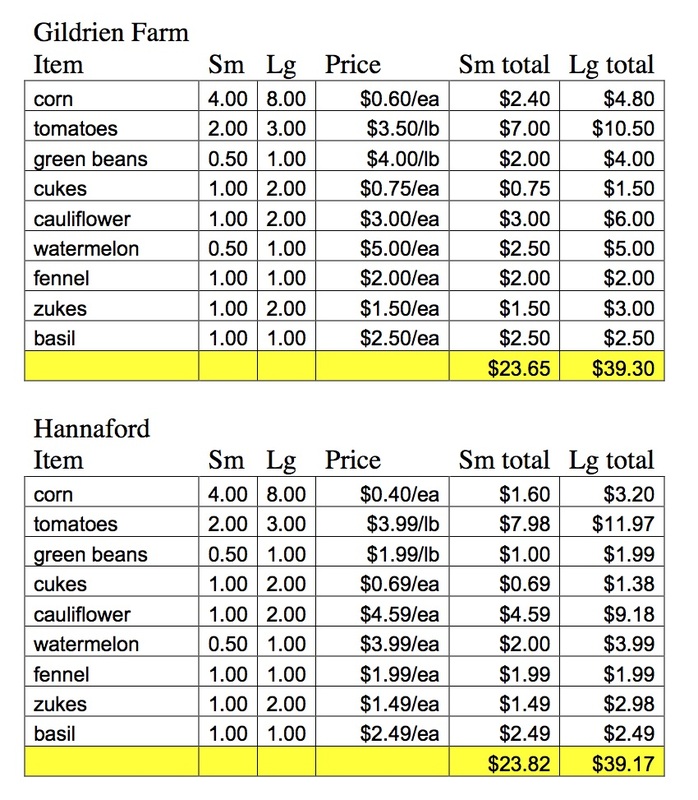
Every so often, we like to do a price-check.
Now, there are a whole lot of reasons why a person might be willing to pay more for organically-grown, local produce than the standard supermarket fare. The quality is better, for one -- we often see stuff at the grocery store that we would be embarrassed to sell. But, regardless, it's good to know where we stand relative to the mainstream.
We went to the Hannaford in Rutland last weekend and noted the prices of everything that was in our CSA share that week, with the price we charged at market. (Where our prices were calculated differently - by the pound versus each - we used an average size to equate them.) Of course, prices fluctuate both at the store and at the market over the course of a season, so this is just a snapshot.
So, though prices on some items are higher (green beans, notably, largely because we pick by hand versus using a giant machine), some are lower. We are charging less for tomatoes, for instance, and I'd stake my kid on the fact that our tomatoes taste better. And the total comes out pretty darn even. EXCEPT - and this is the key to CSA, really - the weekly value of a small share is $18, and the weekly value of a large share is $25. So CSA members are paying $25 for nearly $40 worth of food this week. Now, early shares were smaller, but the average so far has been $18.50 for small shares and $27 for the large shares, and the bulk of the harvest is still ahead of us, including our extra-large Thanksgiving and final shares.
In all, a good deal!
(You can see a broader analysis of grocery store vs. farmers' market pricing that NOFA-VT did a few years ago here. Their results found that organic produce was almost always cheaper at the farmers' market and that many conventional products were similar, or fluctuated.)

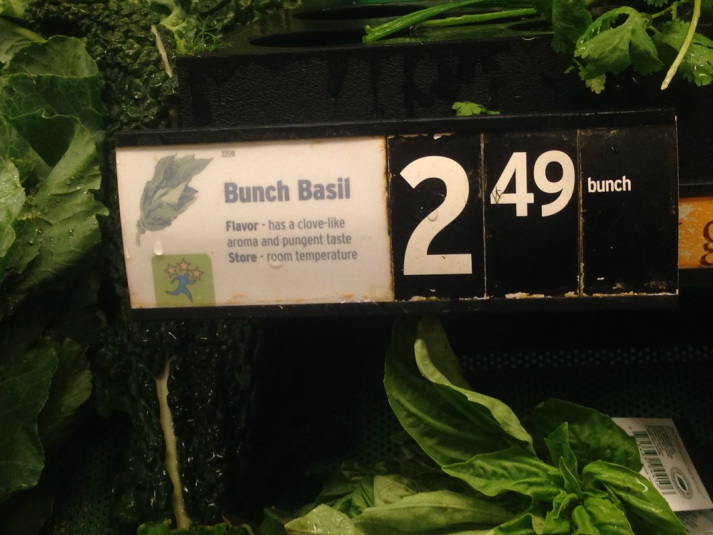
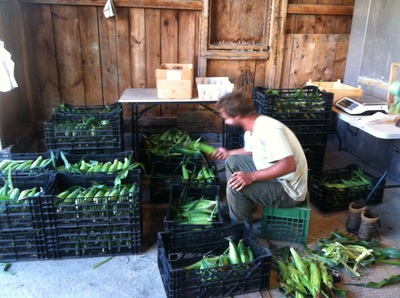
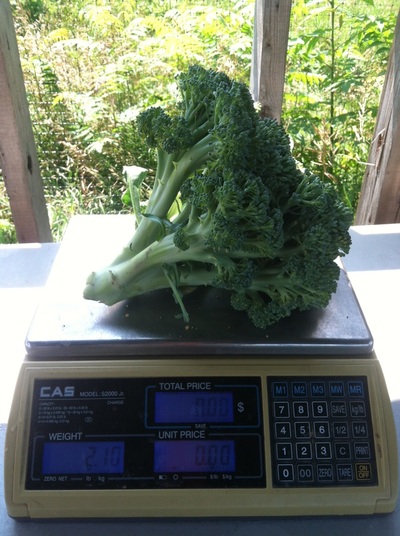
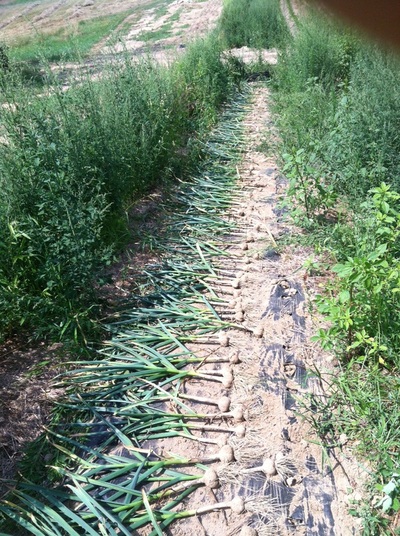
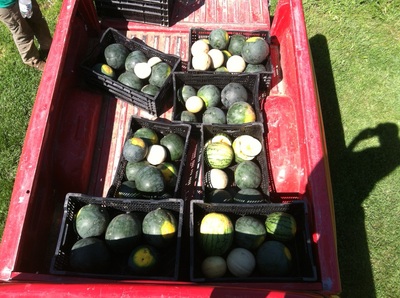
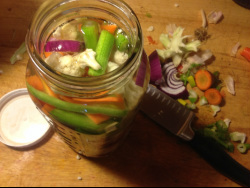

 RSS Feed
RSS Feed
